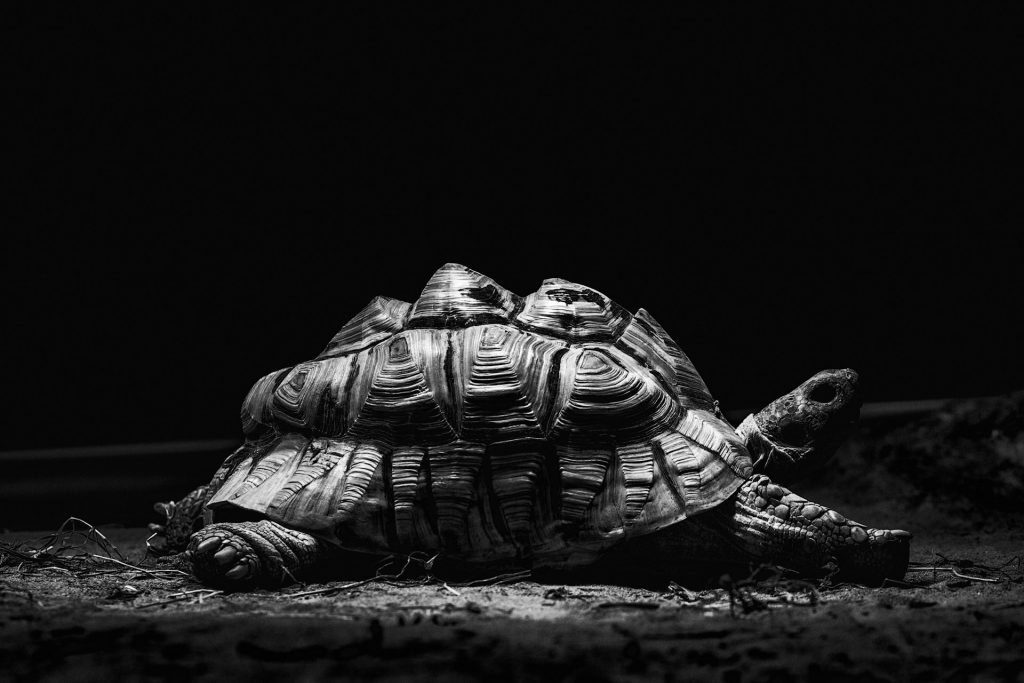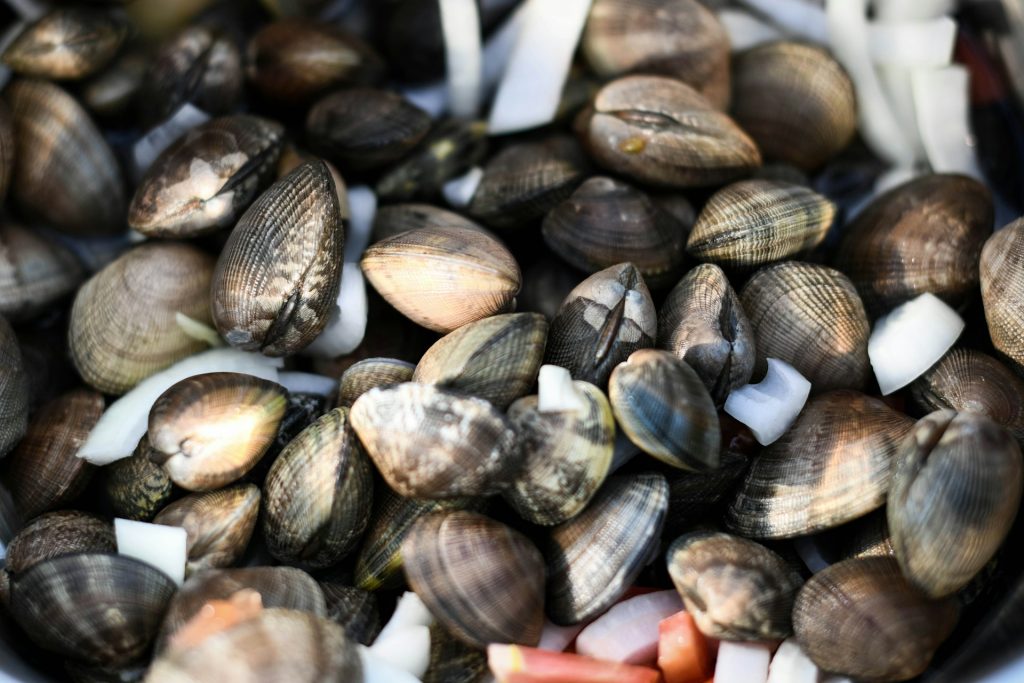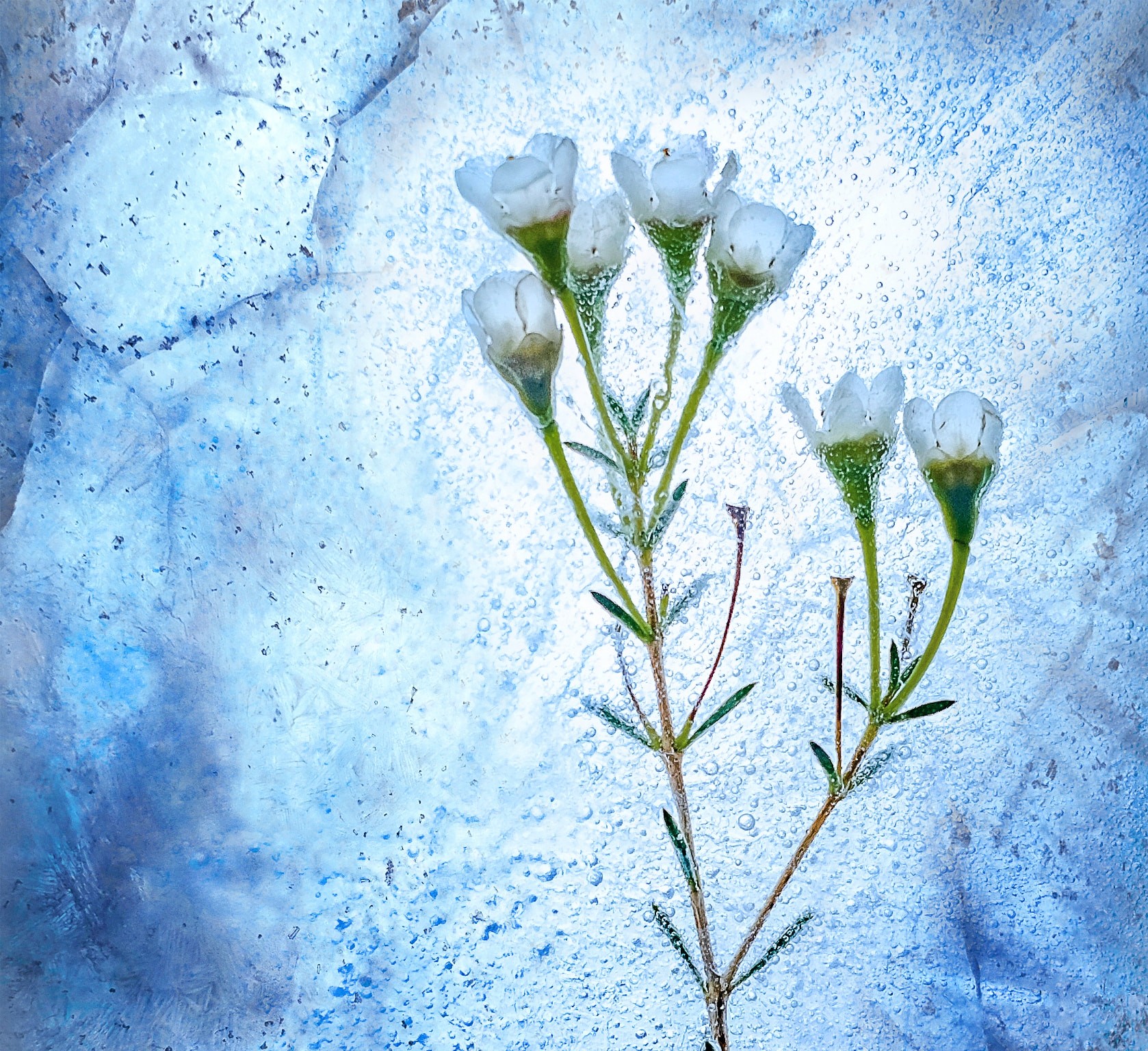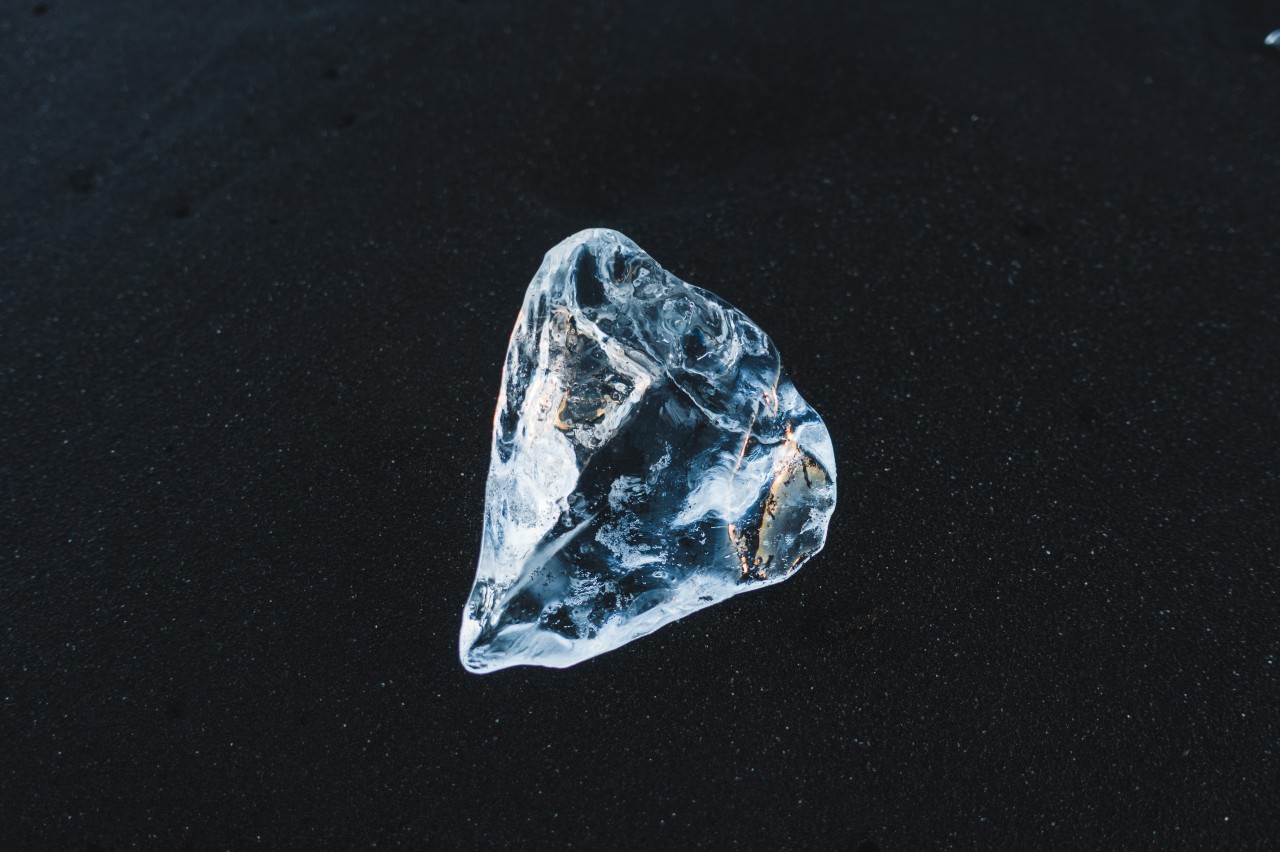The popularity of human longevity research has gradually increased and is leaving people intrigued by the possibilities. Taking a slight detour from the buzz, it may be useful to briefly look at certain non-human instances of longevity and the reasoning behind this.
This includes looking at the rate, or the speed, at which living organisms age, and a major factor of aging: senescence. Senescence is the gradual deterioration of living organisms as a consequence of their biological maturity. Such deterioration is accompanied by the lack of capabilities to respond to external changes.
In this article, we look at certain non-human species that exhibit negligible senescence, remarkably low rates of aging, and other features that have resulted in them living long lives, even centuries. The species discussed here are only indicative and not an exhaustive analysis of those within the longevity bracket.
Turtles
Turtles are generally known to live up to several decades, depending on their species and habitat. But there have been exceptional cases where certain tortoise species have survived well over a hundred years. A case in point is Jonathan, the Seychelles Giant Tortoise who is estimated to be about 190 years old and holds the Guinness World Record for being the oldest known living land animal. His longevity may, in part, be linked to being constantly cared for by humans in captivity.

A study was carried out recently by Rita Da Silva, et al. to understand the dynamics of senescence in turtles and tortoises in captivity, i.e., in zoos and aquariums. It was revealed that these turtles may have skipped hibernation as they always had access to food and were under human care. Living in ambient temperature throughout the year may have also been a contributing factor towards their longevity, giving them the ability to switch off senescence. Statistically, the study shows that amongst the 52 species of turtles that were under observation, around 75% exhibited slow or negligible senescence, while around 80% recorded lower aging rates than modern humans. It was also found that adult life expectancy was positively related to body weight for both males and females.
Another study on the aging rates and longevity in wild tetrapod ectotherms, which include certain species of tortoises and turtles, notes that the bony shells of turtles and their relatively slow pace of life contribute to their negligible aging rate and exceptional longevity.
Clams
Amongst the different species of clams is the Arctica islandica, the longest-lived animal whose maximum longevity can exceed 500 years. A group of scientists has examined two key factors that aid in protecting Arctica against the damaging processes of aging. On a comparative analysis, it was found that Arctica can resist damage caused by oxygen radicals which are thought to be a cause of aging. When compared with relatively short-lived species of clam that live for about 20 years, and even the table clams that live for about 100 years, Arctica exhibited tolerance towards oxygen radicals which are byproducts of mitochondrial activity in humans.

Secondly, and more pertinently, Arctica maintains a proper protein structure, which is key to carrying out cellular repair and removal. These clams resist the misfolding of proteins, which is a known hallmark of Alzheimer’s. Its ability to resist protein misfolding may be suggestive of its importance in longevity. Further research and studies on this mechanism may be medically beneficial in addressing Alzheimer’s and similar age-related diseases.
Brandt’s Bat
Turning to the bat species, the Brandt’s bat currently holds the record for bat longevity with their ability to live at least 41 years. Researchers, Inge Seim, et al., conducted a genome analysis to gain insight into the longevity of the Brandt’s bat. They revealed that hibernation, lower reproductive rate, and roosting in caves are factors contributing to their increased longevity. Being inside caves, they are shielded from predators and extreme weather conditions.
Yet another contributing factor to the longevity and even the size of Brandt’s bats is the alternations observed in the growth hormone receptors (GHR) and the insulin-like growth factor 1 receptor (IGF1R). However, the role played by changes in the GHR/IGF1R axis vis-a-vis longevity of bats is yet to be conclusively determined.
Bowhead Whale
There are longevity champions in the aquatic kingdom too. In fact, the bowhead whale may be the longest-living mammal and is estimated to live over 200 years. Moreover, these whales also enjoy a better quality of life by remaining disease-free until advanced ages when compared to humans. In their study, Kean et al. identified certain bowhead-specific genetic mutations relating to cancer and aging, and also genetic expressions that allow for DNA repair, and cell-cycle regulation.
Bowhead whales showed an abundant presence of the gene CDKN2C which slows down the division and replication of cells, consequently enabling the prevention of cancerous mutations. It is further hypothesized that such slow-paced division of cells allows related genes to inhibit cellar death, and enhance DNA repair mechanisms. These are not just useful in suppressing cancer, but may also delay the onset of senescence. Given that the gene CDKN2C is present in people, trials may be undertaken to test its implications on human longevity.
What does this mean for humans?
While the physiological and biological make-up of the species discussed is markedly different from that of humans, the scientific reasoning behind their long – or in some cases, extremely long – lives may provide the basis for studying human longevity. Each of these species exhibits different factors responsible for their slow rate of aging and delayed senescence. This may be indicative that there are multiple approaches to a long lifespan.

Longevity is neither focused on cheating death, nor on eternal youth. It is to examine ways in which we can continue to live a healthy life, i.e., a quality life and not “forever”. This may become possible by further studying genetic expressions, the response of the human body to toxic byproducts of metabolism, the ability to repair cellular damage, resistance to protein misfolding, and so on. The rate at which humans approach mortality, the onset of degenerative diseases, and senescence can then be scientifically addressed.














